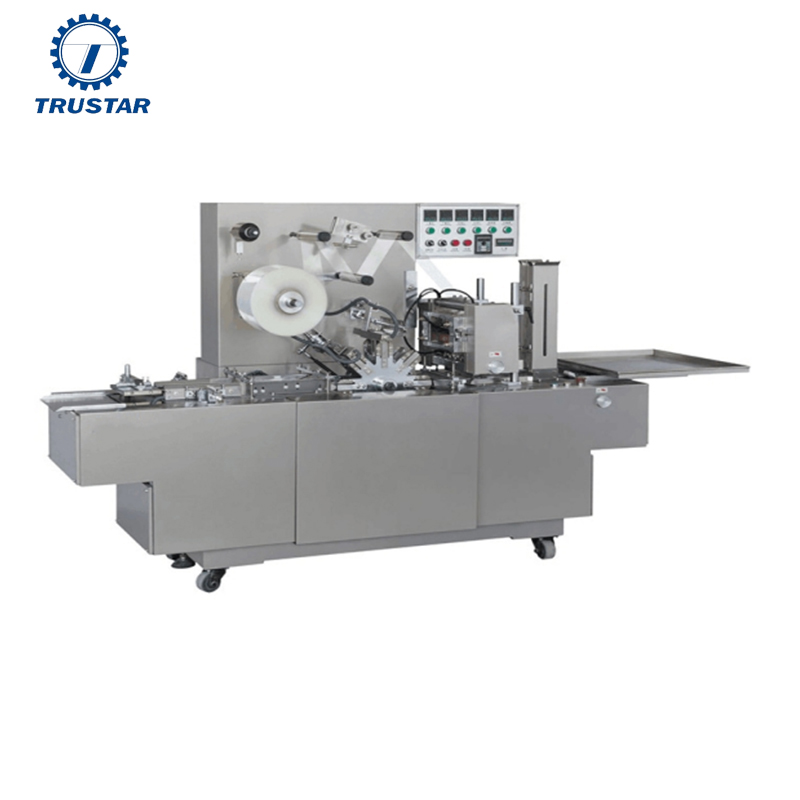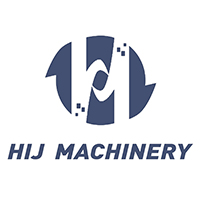
آلة تغليف نفطة |توصيف الخواص الميكانيكية لفيلم رقائق الألومنيوم المركب لتغليف الفقاعة
The Karlsruhe University of Applied Sciences and a well-known company jointly conducted a study on the mechanical properties of aluminum foil composite films for blister packaging. In order to characterize the mechanical properties of aluminum-plastic composite laminates, the two parties developed a stretch forming device. Using this device, related experiments were carried out on aluminum foil composite films from two different manufacturers. The experimental results show that the forming behavior of the composite material is related to the strain rate. In addition, the forming limit of the given forming plug geometry was determined during the experiment, and the difference in the mechanical behavior of the two aluminum foil composite films during the stretch forming process was demonstrated.
Blister packaging is a special form of pharmaceutical packaging that contains two initial materials. The first material is used for blister molding to contain the product; the second material is a sealing film, which is used to encapsulate the product in the molded blister and protect the packaged product from the external environment, thereby playing a protective role. In Europe, blister packaging is the preferred form of packaging for storing packaged tablets. Currently, there are two types of blister packaging, thermoplastic blister packaging and cold-formed blister packaging. The thermoplastic blister is formed by heating the thermoplastic polymer film. The cold-formed blister is formed by cold pressing the aluminum foil composite film at room temperature. Due to the aluminum foil layer composition in the composite film, the formed blister presents a typical metallic appearance.
Here, the aluminum foil layer serves as the barrier layer of the package. Therefore, the product will be better protected than the thermoplastic blister, blocking humidity, light, oxygen and other gases, and the medicine storage time will be longer. However, due to the slightly poorer moldability of the cold-formed composite film, a molding cavity that is much larger than the product is required to meet the filling requirements. As the entire blister board becomes larger, it will also cause more packaging materials to be wasted.
At present, when various equipment manufacturers develop cold-formed blister packaging machines, they will try their best to optimize the design of the geometric shape of the forming plug, aiming to form a nearly perfect blister cavity to reduce the waste of packaging materials. In this process, equipment manufacturers need to solve two problems. First of all, because equipment manufacturers do not produce composite membrane materials, they usually do not know the forming characteristics of membrane materials. Secondly, only very limited information on the mechanical properties of aluminum foil composite membranes has been published. Therefore, the optimization of the design definition for the geometry of the forming plug is still challenging, and it can be said that it is the primary development task of the blister packaging equipment manufacturer.
Blister packaging is a special form of pharmaceutical packaging that contains two initial materials. The first material is used for blister molding to contain the product; the second material is a sealing film, which is used to encapsulate the product in the molded blister and protect the packaged product from the external environment, thereby playing a protective role. In Europe, blister packaging is the preferred form of packaging for storing packaged tablets. Currently, there are two types of blister packaging, thermoplastic blister packaging and cold-formed blister packaging. The thermoplastic blister is formed by heating the thermoplastic polymer film. The cold-formed blister is formed by cold pressing the aluminum foil composite film at room temperature. Due to the aluminum foil layer composition in the composite film, the formed blister presents a typical metallic appearance.
Here, the aluminum foil layer serves as the barrier layer of the package. Therefore, the product will be better protected than the thermoplastic blister, blocking humidity, light, oxygen and other gases, and the medicine storage time will be longer. However, due to the slightly poorer moldability of the cold-formed composite film, a molding cavity that is much larger than the product is required to meet the filling requirements. As the entire blister board becomes larger, it will also cause more packaging materials to be wasted.
At present, when various equipment manufacturers develop cold-formed blister packaging machines, they will try their best to optimize the design of the geometric shape of the forming plug, aiming to form a nearly perfect blister cavity to reduce the waste of packaging materials. In this process, equipment manufacturers need to solve two problems. First of all, because equipment manufacturers do not produce composite membrane materials, they usually do not know the forming characteristics of membrane materials. Secondly, only very limited information on the mechanical properties of aluminum foil composite membranes has been published. Therefore, the optimization of the design definition for the geometry of the forming plug is still challenging, and it can be said that it is the primary development task of the blister packaging equipment manufacturer.





